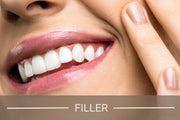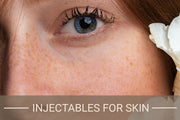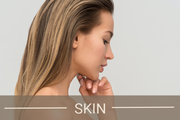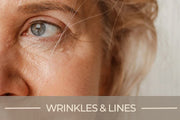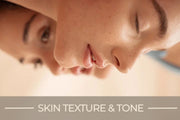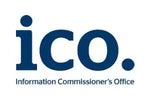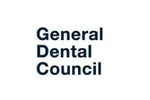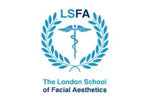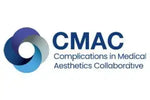Botox Before And After
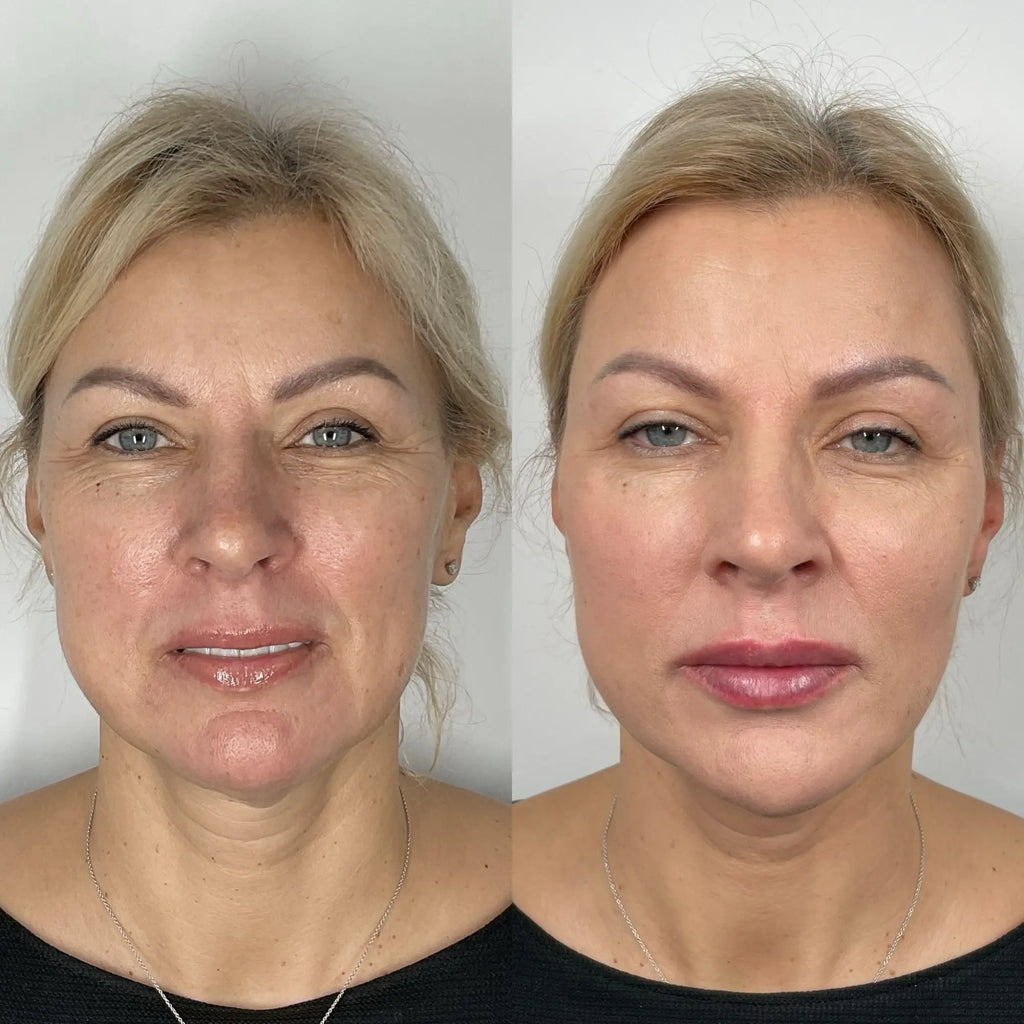
Content Verification

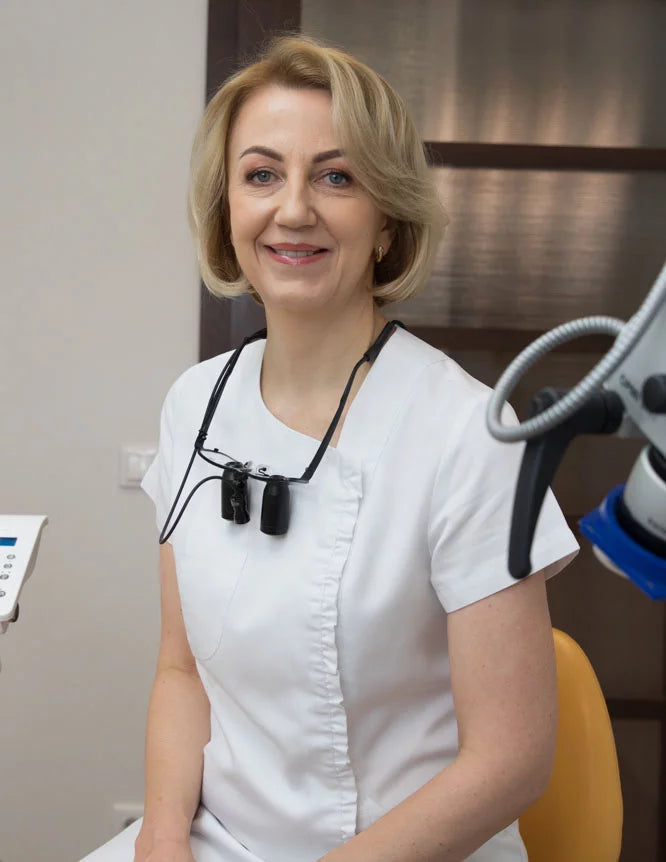

✨ Quick Recap ✨
✅ Thinking about Botox? Here’s what you need to know:
📅 Results show in days, but best seen after 2 weeks.
💉 Tiny needles = minimal discomfort.
⏰ Treatments are quick – perfect for lunch breaks.
🌟 You’ll look refreshed, not frozen – promise!
🙅♀️ Avoid alcohol and workouts right after.
💡 Key Advice & Tips from Our Experts 💡
- 🧴 Prep your skin: Come with a clean, makeup-free face.
- 🚫 No blood thinners: Avoid aspirin or ibuprofen beforehand to minimise bruising.
- 🛌 Stay upright: No lying down for at least 4 hours post-treatment.
- 💧 Hydrate: Drink plenty of water for quicker recovery and glowing skin.
- 📞 When in doubt, ask! We’re here to help every step of the way.
Considering Botox treatment but unsure what to expect? You're not alone—it's a common question among first-time patients. Botox is a medically approved injectable used to smooth fine lines and reduce dynamic wrinkles. In the UK, it's become one of the most trusted non-surgical cosmetic procedures.
This article explores Botox before and after—what happens, how it looks, and when results appear. We'll cover the full timeline, realistic outcomes, expert tips, and frequently asked questions. You’ll also see examples of Botox results in UK clinics, helping you make an informed decision. By the end, you'll understand the full Botox treatment journey, from consultation to visible change.
What is Botox?
Botox is one of the most well-known non-surgical treatments in the UK for reducing the appearance of fine lines. It’s commonly used in aesthetic clinics for facial rejuvenation, particularly in areas prone to dynamic wrinkles.
Botox is a prescription-only medicine that contains a purified form of botulinum toxin. In controlled doses, it is used to temporarily relax targeted muscles. This can help reduce the movement that contributes to expression lines, such as those on the forehead and around the eyes. Because of its minimally invasive nature, it has become a preferred option for individuals seeking subtle cosmetic enhancements without surgery.
Dr. Laura Geige, Medical Director and Skin Expert at It’s Me & You Clinic, explains: “Botox is widely recognised for its cosmetic applications, but it’s important to understand it’s a regulated medical product. In a clinical setting, it’s used under strict guidelines to temporarily soften the appearance of expression lines caused by repeated muscle activity.”
Cosmetic practitioners in the UK often focus on treating common areas like forehead creases, frown lines between the brows (glabellar lines), and crow’s feet at the corners of the eyes. These are areas where facial movements are most frequent and where fine lines typically develop with age.
Dr. Giedre Narkiene, a dermatologist, adds: “What many patients find appealing is that Botox offers noticeable softening without the need for surgery or extended recovery. The procedure is typically brief, and patients can return to daily activities quite quickly, provided they follow aftercare instructions.”
Anti-wrinkle injections like Botox are classed as non-surgical treatments in the UK, meaning no incisions or anaesthesia are involved. Despite its popularity, Botox is not a one-size-fits-all solution, and outcomes depend on multiple factors including skin type, age, and lifestyle.
What to Expect Before Botox Treatment
Before undergoing Botox treatment, it’s essential to understand the preparation process and what a typical consultation involves. In the UK, safety and informed decision-making are prioritised, and that starts well before the first injection.
A Botox consultation in the UK is a regulated medical appointment and must be carried out by a qualified healthcare professional. During this session, your medical history will be reviewed, your concerns assessed, and the practitioner will discuss whether Botox is suitable for your individual needs. You should never be rushed—this is your opportunity to ask important questions and consider your options.
Dr. Snieguole Geige, Dentist and Medical Doctor, explains: “A responsible consultation should always involve a full facial assessment and an honest discussion about realistic outcomes. Patients need to feel informed, not pressured, and understand that Botox may not be the right solution for everyone.”
Before Botox, it’s important to follow a few key steps. Patients are usually advised to avoid alcohol for at least 24 hours before treatment, as it can increase the risk of bruising. Certain medications, especially blood thinners, may also need to be paused—but only under medical guidance. Always disclose all supplements and medications to your practitioner during your consultation.
Patients are also advised not to schedule treatment immediately before a major event, as mild swelling or redness can occur temporarily post-injection. Good preparation helps to ensure the safest experience and the best possible results.
In the UK, Botox must be prescribed and administered by qualified medical professionals such as doctors, dentists, or nurses with appropriate prescribing rights. Clinics should be regulated by the Care Quality Commission (CQC) in England or equivalent bodies in other UK nations. All prescribers should be registered with the General Medical Council (GMC), General Dental Council (GDC) or Nursing and Midwifery Council (NMC).
Choosing a regulated provider ensures your treatment meets the highest standards of safety and professionalism. It also gives you access to proper medical support should any concerns arise post-treatment.
Botox Treatment: What Happens During the Procedure
Understanding the Botox injection process can help reduce anxiety and prepare you for a calm, informed experience. The procedure itself is typically brief, precise, and carried out in a clinical setting by a qualified professional.
Once the consultation is complete and you’re medically cleared, the practitioner will begin by cleansing the treatment area. A fine needle is used to inject small amounts of botulinum toxin into specific muscles. The number of injections varies depending on the treatment area and individual facial anatomy. Most commonly treated areas include the forehead, frown lines, and crow’s feet.
Dr. Laura Geige notes: “Botox procedures are often completed in under 15 minutes. Patients describe the discomfort as very mild—more like a brief sting than real pain. A trained professional will use minimal doses in precise locations to achieve a natural result.”
No anaesthetic is usually required, though some clinics may offer a topical numbing cream for added comfort. The treatment involves no incisions or stitches, and you’ll typically be able to resume normal activities shortly after, with only a few precautions.
The expertise of the practitioner is critical. In the UK, Botox must be prescribed by a medically qualified prescriber and should only be administered by trained professionals such as GMC-registered doctors, cosmetic nurses, or dentists with relevant training. This ensures proper dosing, sterile technique, and appropriate management of any potential risks.
When carried out by an experienced practitioner in a clinical environment, Botox is a straightforward non-surgical treatment with a strong safety profile. Patients are usually given aftercare instructions before leaving the clinic, which are important to follow for the best outcome.
Botox Aftercare: What to Do Post-Treatment
Botox aftercare plays a vital role in achieving optimal results and minimising the risk of side effects. While the treatment itself is relatively quick, what you do in the hours and days after matters greatly.
Immediately following the injections, you may notice slight redness, swelling, or small bumps at the injection sites. These effects are usually mild and temporary, settling within a few hours. Practitioners typically advise patients to remain upright for at least four hours and to avoid touching or rubbing the treated areas.
Dr. Giedre Narkiene explains: “Patients should avoid strenuous activity, alcohol, and heat exposure—like saunas or hot showers—for at least 24 hours. These precautions help reduce the risk of bruising and support the product settling in the intended muscles.”
It’s also recommended to delay any facial treatments such as massages, facials, or exfoliating procedures for at least a week post-treatment. These activities could potentially displace the product or irritate the skin.
Common side effects include mild bruising, swelling, and headache—these typically resolve without intervention. More uncommon complications, such as eyelid drooping, should be assessed by your practitioner if they occur. Reporting any persistent or unexpected symptoms is essential to ensure proper management.
Botox recovery in the UK is generally fast, with most patients able to return to work and daily routines the same day. Following aftercare advice precisely helps support a smooth recovery and contributes to achieving the most natural-looking results.
Botox Results Timeline
Understanding the Botox results timeline helps manage expectations and ensures patients know what to look for post-treatment. While results are not immediate, they develop gradually and vary slightly between individuals.
In most cases, the first visible changes begin around 3 to 5 days after the injection. These early effects are subtle, usually starting with a softening of the lines in the treated areas. The treated muscles begin to relax, which reduces their movement and limits further creasing of the skin.
Dr. Snieguole Geige explains: “It’s important to let patients know that Botox doesn’t work overnight. Full effects usually take up to two weeks. During this period, they’ll notice a progressive smoothing of lines, not a sudden transformation.”
By 7 to 14 days, full results are typically visible. This is when the muscles have responded fully, and the targeted areas appear smoother. Patients often report a fresher or more rested appearance, though outcomes vary based on the area treated and individual facial structure.
The effects of Botox generally last 3 to 4 months. Over time, muscle activity gradually returns, and lines may slowly reappear. Repeat treatments are usually required to maintain the results, though some patients notice a longer duration with consistent use.
It’s worth noting that lifestyle factors, such as smoking, sun exposure, and stress, may influence how long Botox results last. Proper aftercare and working with an experienced practitioner can help extend the visible benefits.
Botox Before and After Photos
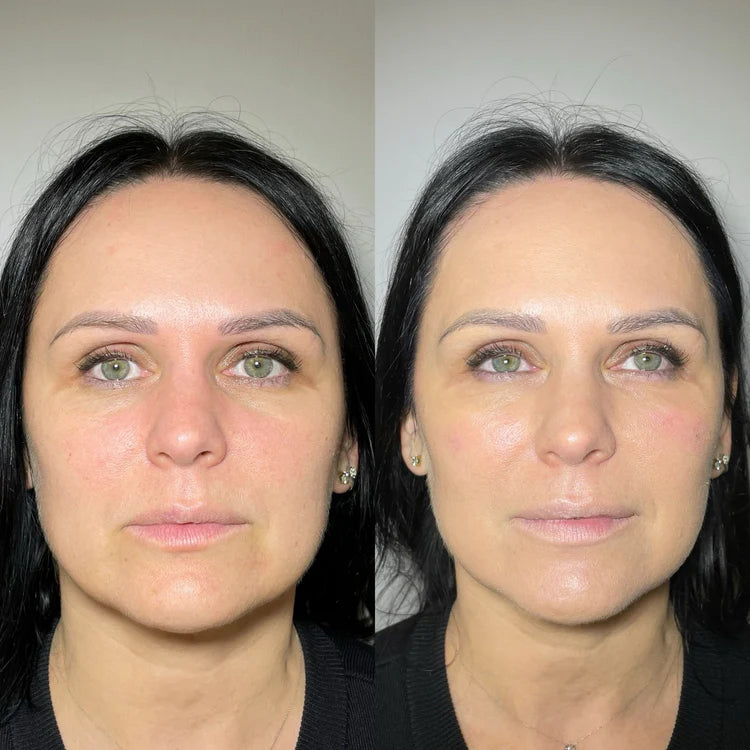
Before and after photos are often used to help patients visualise the typical changes following Botox treatment. They provide useful reference points, but it’s important to maintain realistic expectations about results.
Botox transformation is subtle by design. The goal is usually to soften the appearance of dynamic lines—not to eliminate all movement or expression. In many UK clinics, before and after photos will highlight changes in key areas such as forehead lines, frown lines (between the brows), and crow’s feet around the eyes.
Dr. Laura Geige notes: “Photos can be helpful, but they must be viewed with caution. Every patient’s muscle activity, skin quality, and facial anatomy is different. What works for one person won’t look identical on someone else.”
On the forehead, Botox can reduce the depth and visibility of horizontal lines while preserving a natural brow movement. In the glabellar region (between the eyebrows), it can help relax frown lines, often associated with a tired or tense appearance. Around the eyes, treatment of crow’s feet can result in a fresher, more open look.
Most UK practitioners take photographs before the first treatment and again at the two-week review to assess progress. This comparison helps patients see the gradual improvements that occur, rather than relying on memory alone.
However, it’s crucial to understand that Botox results vary per individual. Age, skin type, muscle strength, and previous treatments all play a role. Reputable clinics will never guarantee identical outcomes but will instead focus on what is achievable for each patient.
Who is a Good Candidate for Botox?
Not everyone is suited for Botox, and determining candidacy is an essential part of the consultation process. The treatment must be tailored to individual needs, health status, and expectations.
Generally, suitable Botox candidates are adults in good health who are concerned about dynamic lines caused by repeated facial movement. These often include forehead lines, frown lines, and crow’s feet. While there is no fixed age to start, most patients begin considering Botox in their late 20s to early 40s, depending on skin type, genetics, and lifestyle factors.
Dr. Giedre Narkiene explains: “Botox may be appropriate for patients showing early signs of expression lines that do not resolve when the face is at rest. It’s also increasingly used as a preventative option in younger adults, provided there is clear clinical justification and full consent.”
Skin type and muscle strength also influence suitability. Patients with stronger facial muscles may require more units, and those with advanced static wrinkles—lines visible even when the face is relaxed—may need a combined approach with other treatments.
However, Botox is not suitable for everyone. It should not be used in pregnant or breastfeeding women, individuals with certain neurological or muscular conditions, or those with known allergies to any of the components. A full medical history is required to ensure the treatment is both safe and appropriate.
If you're wondering, “Is Botox right for me?”—a consultation with a qualified practitioner is the only way to receive personalised advice. In the UK, it is a legal requirement that Botox be prescribed following a face-to-face assessment by a medically qualified prescriber.
Common Myths and Misconceptions
Botox is one of the most talked-about non-surgical treatments, and with that comes a number of misconceptions. Understanding the facts helps patients make informed decisions based on clinical evidence—not social media or hearsay.
“Botox is only for older people” is a common belief, but it’s not entirely accurate. While many patients seek treatment in their 40s or 50s, some younger adults also explore Botox for preventative purposes. The focus is not age, but rather the presence of dynamic lines and individual muscle activity.
“It freezes your face” is another widely circulated myth. Dr. Laura Geige explains: “When performed correctly, Botox should not eliminate facial expression. The aim is to soften overactive muscles, not immobilise the entire face. A skilled injector will preserve natural movement while reducing specific lines.”
The belief that “you can’t stop once you start” also causes concern for first-time patients. This is incorrect. Botox results wear off gradually over 3 to 4 months, and stopping treatment simply means your muscles will return to their natural activity over time. There is no rebound or worsening of wrinkles due to discontinuation.
Botox facts in the UK are often overshadowed by celebrity headlines and misinformation. The reality is that when performed by a qualified professional, Botox is a controlled, temporary treatment with clear guidelines and evidence-based use. Patients should always consult with a licensed practitioner to separate myth from medically accurate advice.
The Bottom Line
Botox is a regulated, non-surgical treatment used to reduce dynamic lines and soften facial expressions. Results develop gradually, with full effects visible in 7 to 14 days and lasting around 3 to 4 months. If you’re thinking about Botox, always consult a qualified UK professional who can assess your suitability and explain the process clearly. Managing realistic expectations is key—every face responds differently. This Botox treatment summary aims to guide informed, safe decisions tailored to your individual goals.
Disclaimer: This article is for informational purposes only and does not constitute medical advice. Always consult with a qualified healthcare professional before undergoing any cosmetic or medical procedure.
